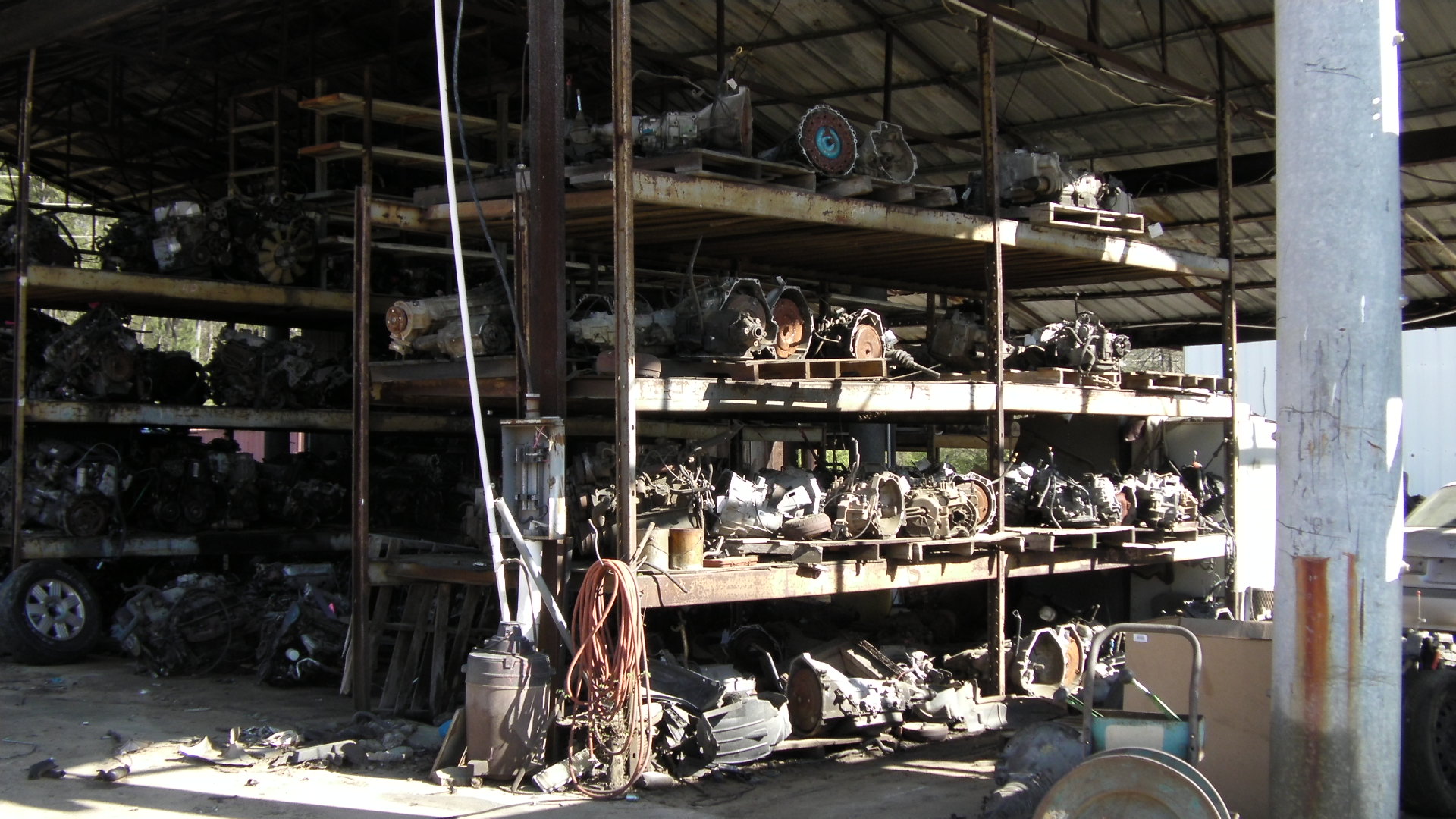The scariest part for junkyard first-timers is passing through the gates. Before you even step one foot in the salvage yard, a clerk/employee may ask you to sign a document that relieves the company of liability in case you do in case you may get hurt. Some places may charge a small fee for entry as well, usually about a dollar or two. Don’t let this discourage you; it is much cheaper than buying a ticket for a movie. In well operated yards such as Emmet Head Auto Parts and Salvage, there is an underlying logic. The items that are in high demand are usually kept up front, where as the items that are not in so high demand are further in the back.
Salvage yards are usually divided by vehicle manufacturer or their point of origin. Domestic versus Japanese versus European, or GM versus Ford versus Toyota, and so on; think of it like the Dewey Decimal library systems. In most cases a map of the grounds is posted, or you can ask an employee/clerk where the item you are looking for is located. Now, the first thing you should look for is the price board. This is a lot simpler then putting a price tag on all the items on every car. Most salvage yards post a list of the different parts in cars and generic prices for each. While you are looking for parts, think about it like shopping. You don’t want to jump and grab the first part you see. Take your time and look around to find the best possible match. Inspect it to make sure it is good quality and in working condition. Also, remember if you are buying an electrical component, test the part to be sure it works properly. Most salvage yards usually have 12-volt sources, such as batteries you can use. Lastly, remember that inflicting structural damage on a vehicle is the fastest way to pull a part: cross members, brackets, and wiring get chopped up all the time. Just be considerate and do not destroy anything someone else might want. Be aware of your surroundings, not everyone who visits salvage yards works safely. So before crawling around, inspect your quarry for safe working conditions. Move on if something looks dangerous. After find what you are looking for and extracting the part, take it up to the clerk you passed on the way in; tell him/her what it is, and pay.

